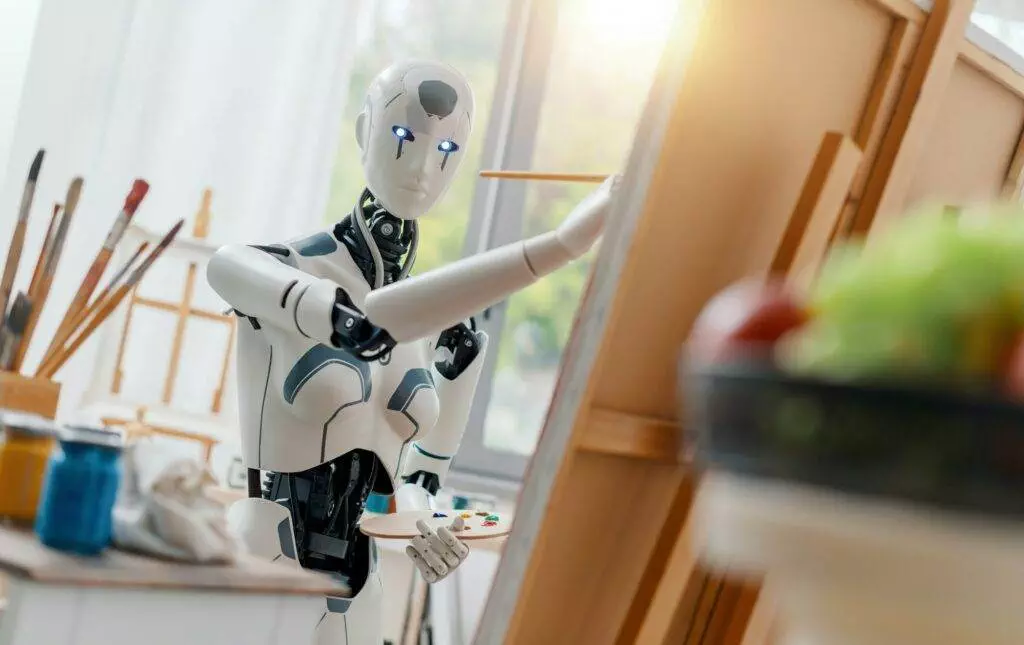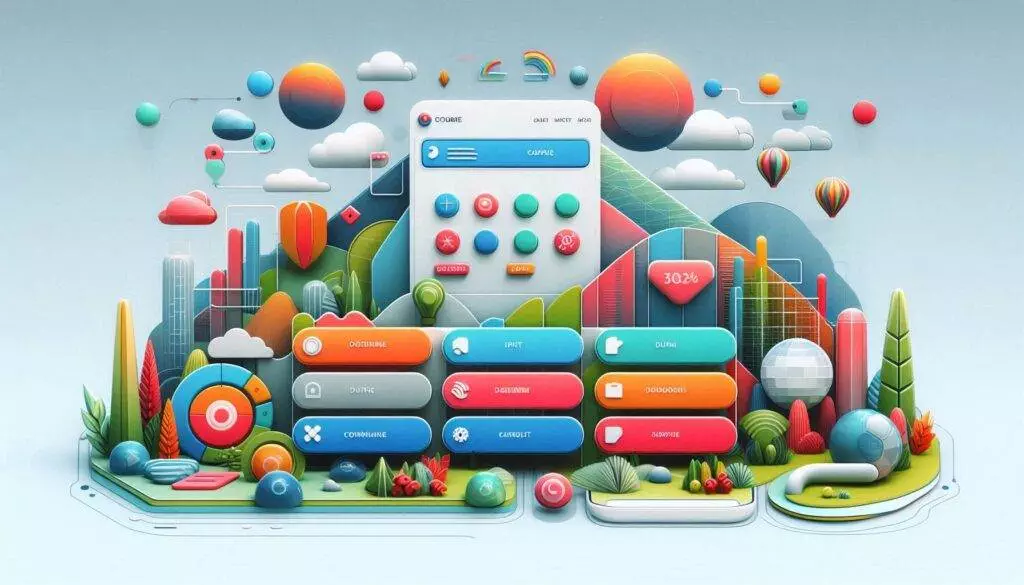The digital landscape is a living, breathing entity, constantly evolving and adapting. What was cutting-edge yesterday might be obsolete tomorrow. To stay ahead of the curve, businesses must keep a keen eye on emerging website design trends. In 2024, we’re witnessing a convergence of technology, user experience, and aesthetics that’s reshaping the digital world. Let’s dive into the key trends that will define website design in the coming year.
AI: The Unsung Hero of Design
Artificial intelligence is no longer a futuristic concept. It’s a tangible reality that’s transforming the way websites are designed and experienced.
- Hyper-Personalization: AI algorithms can analyze user behavior, preferences, and demographics to deliver tailored content and experiences. Imagine a website that adapts its layout, color scheme, and product recommendations based on each visitor’s unique profile.
- Intelligent Design Automation: AI can streamline the design process by automating repetitive tasks, generating design options, and optimizing layouts for different devices.
- Predictive Design: By anticipating user needs, AI can suggest relevant content or actions before the user even asks. This level of proactivity enhances user satisfaction and engagement.

Immersive Experiences: Beyond the Screen
Users crave experiences that go beyond the traditional flat screen. Immersive design is about creating a sense of presence and engagement.
- Virtual and Augmented Reality: While VR and AR might still be in their infancy for mainstream website integration, expect to see more experimental implementations, especially in e-commerce and real estate.
- 3D Elements: Incorporating three-dimensional elements can add depth and realism to website designs. Think of product visualizations, interactive animations, and even virtual showrooms.
- Interactive Storytelling: Engaging users through interactive narratives can create a memorable and emotionally connected experience.
Dark Mode: More Than Just a Trend
Dark mode has transitioned from a mere preference to a design staple. It’s here to stay, and for good reasons.
- Accessibility: Dark mode can significantly improve readability for users with visual impairments.
- Battery Life: On devices with OLED screens, dark mode can conserve battery power.
- Aesthetic Appeal: Many users find dark mode to be visually pleasing and modern.
- Branding Opportunities: Dark mode can be used to create a distinct brand identity and atmosphere.

Minimalism with Maximum Impact
Less is often more, and this principle holds true in website design. Minimalism is about focusing on essential elements and creating clean, uncluttered layouts.
- White Space: Effective use of white space improves readability and guides the user’s attention.
- Bold Typography: Standout fonts can make a strong statement and enhance brand identity.
- High-Quality Imagery: Minimalist designs rely on impactful visuals to convey messages.
Accessibility: A Cornerstone of Good Design
Creating websites that are accessible to everyone is not just a moral obligation; it’s good business.
- WCAG Compliance: Adhering to Web Content Accessibility Guidelines ensures that people with disabilities can access and use your website.
- Alternative Text: Providing descriptive text for images and multimedia content is crucial for visually impaired users.
- Keyboard Navigation: Making sure your website can be navigated without a mouse is essential for users with motor impairments.
- Color Contrast: Ensuring sufficient color contrast between text and background is vital for readability.

Video Content: The New Normal
Video has become an indispensable part of the digital experience. It’s engaging, informative, and has the power to connect with audiences on a deeper level.
- Autoplay Videos: Use autoplay videos judiciously, as they can be intrusive.
- Video Backgrounds: Create immersive experiences with video backgrounds, but ensure they don’t hinder content visibility.
- Video Testimonials: Showcase customer satisfaction through video testimonials.
Microinteractions: Adding Delightful Touches
Small, interactive elements can significantly enhance user experience.
- Animations: Subtle animations can guide user attention and provide visual feedback.
- Loading Indicators: Engaging loading indicators can prevent frustration.
- Haptic Feedback: For mobile devices, tactile feedback can add a layer of engagement.

Mobile-First Design: A Non-Negotiable
With the increasing dominance of smartphones, mobile-first design is no longer an option; it’s a necessity.
- Responsive Layouts: Ensure your website adapts seamlessly to different screen sizes.
- Fast Loading Times: Optimize your website for speed to keep mobile users engaged.
- Touchscreen Optimization: Design intuitive touch interactions.
Sustainability in Design: A Growing Trend
Environmental consciousness is influencing various aspects of our lives, including website design.
- Eco-Friendly Color Palettes: Choose colors that evoke nature and sustainability.
- Minimal Resource Usage: Optimize your website for performance to reduce energy consumption.
- Sustainable Imagery: Use images that promote environmental consciousness.
Conclusion
The world of website design is in a state of constant flux. By staying informed about the latest trends and incorporating them into your design strategy, you can create websites that not only look stunning but also deliver exceptional user experiences. Remember, the ultimate goal is to build websites that resonate with your audience and drive business growth.









